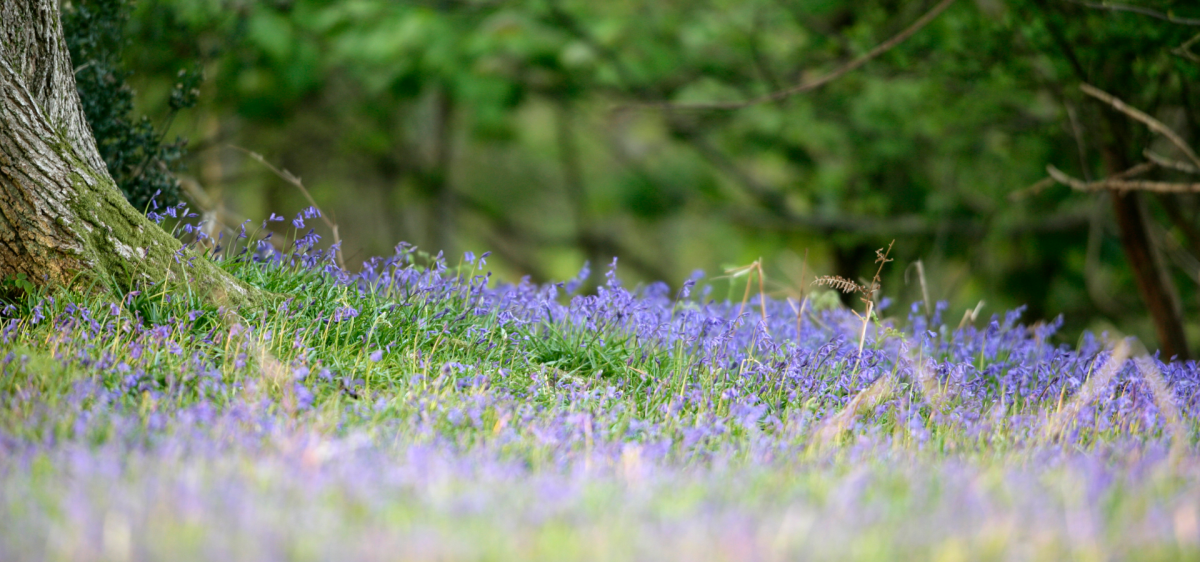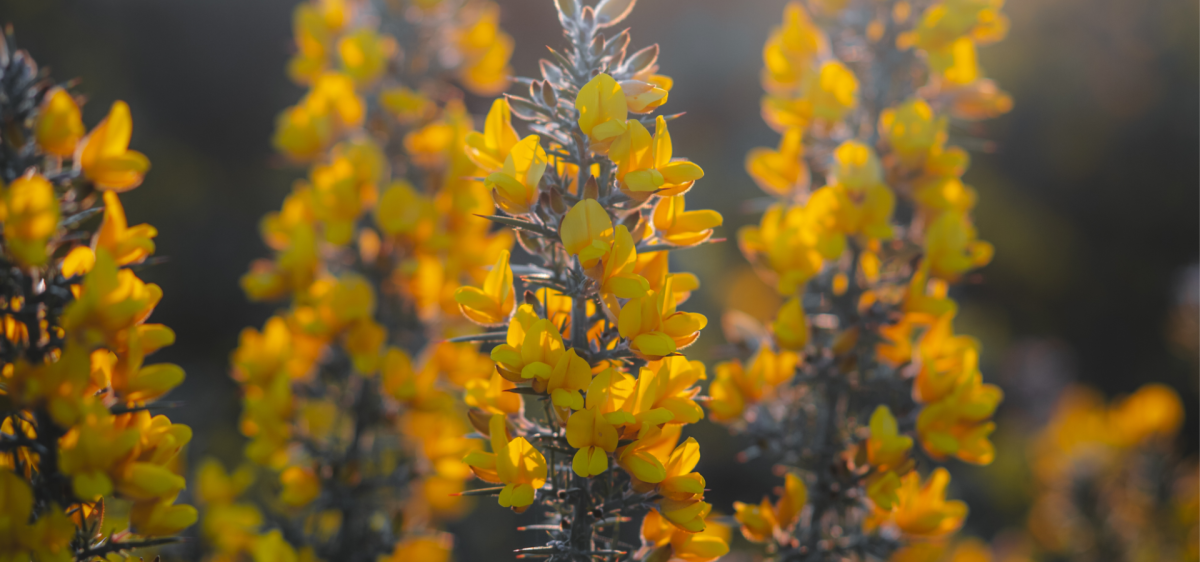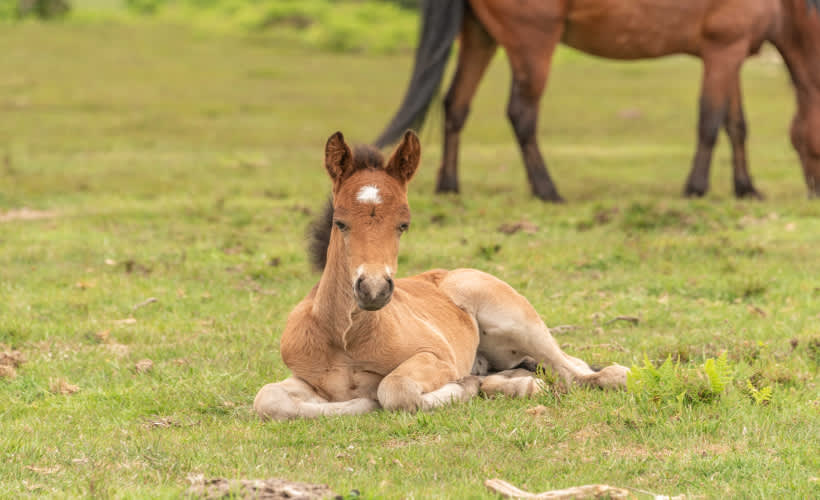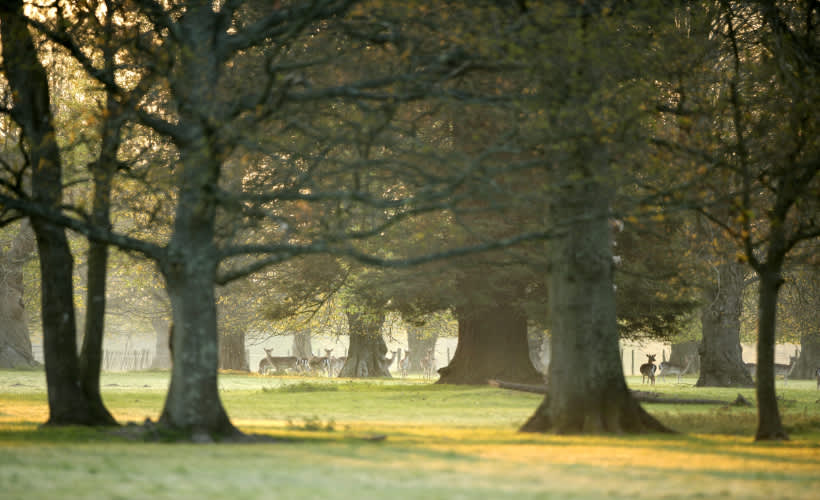New Forest Flora & Fauna
With its ancient woodlands, rolling heathlands and peaceful coastline, the New Forest is one of the most ecologically rich landscapes in the UK. This National Park is home to a remarkable variety of flora and fauna, from delicate wildflowers and rare fungi to roaming deer, butterflies and songbirds.
The New Forest is a haven for wildlife, shaped by centuries of commoning traditions and protected natural habitats. Visitors are invited not only to enjoy the scenery, but also to understand and help care for this living landscape.
A rich and diverse ecosystem
The New Forest supports a huge variety of species. You’ll find:
-
Around 2,700 types of fungi, from colourful toadstools to vital underground networks
-
Over 1,000 species of insects that depend on fungi, including beetles and butterflies
-
Rare wildflowers, such as orchids and bluebells
-
Year-round birdlife, with specialist species in every season
Thanks to its unique mix of woodland, heath, wetland and coast, the New Forest is one of the most important areas for biodiversity in Britain.

Flora and Fauna through the seasons
Spring
Spring in the New Forest is a time of renewal. Ancient woodlands burst into bloom with native bluebells, wood anemones and primroses, while birds sing from the tree canopy and build nests below.
Look out for newborn foals and calves grazing alongside their mothers, and spot early butterflies like Brimstones and Orange Tips in sunny clearings.
Please respect ground nesting bird zones, often marked with signs, to help protect species during this sensitive time.
Summer
Summer brings colour and life to the forest. You may spot wild orchids, including the Heath-Spotted Orchid and the rare Bog Orchid.
In the heathland, a sea of purple heather stretches across the landscape. Four species grow here: Ling, Bell Heather, Cross-Leaved Heath and the rare Dorset Heath, providing nectar for bees and butterflies.
Listen for the song of Wood Warblers and Redstarts, and keep your eyes peeled for butterflies such as the Silver-washed Fritillary, Silver-studded Blue and Dark Green Fritillary.
Autumn
As the leaves turn golden and crimson, autumn brings new magic to the forest. This is prime time for fungi spotting, with more than 2,000 species emerging across the woodland floor - from bright red fly agarics to sculptural bracket fungi.
Trees such as oak, beech and birch put on a spectacular show, creating a canopy of colour for forest walks and photography.
Autumn is also the season of pannage - a centuries-old tradition where commoners release their pigs into the woodland to eat fallen acorns, which are poisonous to ponies and cattle. You may spot pigs snuffling through the leaf litter, especially around oak trees. It’s a rare and unique sight that connects us to the working rhythms of the forest and the heritage of commoning life.
This is also rutting season for deer, and a time when wildlife activity is at its peak before winter sets in.
Winter
Even in the quieter months, the New Forest is alive with wildlife. Wetland birds flock to places like Keyhaven Marshes and Blashford Lakes, where you might see Brent Geese, wigeon, and flocks of waders feeding in the shallows.
With the trees bare, it’s easier to spot woodpeckers, nuthatches, treecreepers and even hawfinches, one of the New Forest’s rarer residents.
Where to discover more
There are many wonderful ways to learn about the New Forest’s flora and fauna:
-
Guided walks and tours with Wild New Forest Guided Tours
-
Visit the New Forest Reptile Centre (near Lyndhurst) to learn about local species including adders and sand lizards
-
Take part in the annual New Forest Walking & Cycling Festival each autumn, with nature-led events across the National Park
You’ll also find interpretation boards and family-friendly trails at:
-
Blashford Lakes Nature Reserve, near Ringwood (Hampshire & Isle of Wight Wildlife Trust)
-
Keyhaven Marshes, for coastal birds and wetland plants
-
Landford Bog, a hidden gem near the Wiltshire border
Protecting the New Forest’s wildlife and nature
The New Forest is a living, working landscape, and we all play a part in its protection. Please follow the New Forest Code and remember:
-
Leave fungi untouched - they are vital to the ecosystem and must not be picked
-
Keep dogs on the path during bird nesting season (March to July)
-
Never feed or approach free-roaming animals
-
Take your litter home and tread lightly
Commercial mushroom picking is not allowed. If you suspect it, contact Forestry England on 0300 067 4600 or the National Trust on 01425 650035.
Stay connected
Keep an eye on our What’s On page for upcoming wildlife walks, talks and nature events happening across the New Forest throughout the year.










